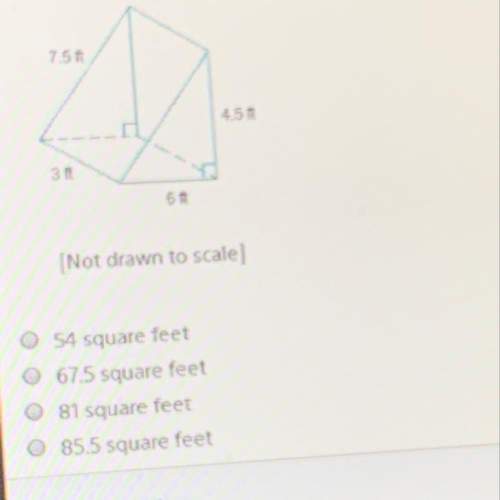
Mathematics, 24.02.2020 00:23 docholiday
Richard has a credit card that allows him to defer credit card payments for 1 year if he becomes unemployed. The interest on the card debt continues to accrue, but there are no late payment penalties. Suppose Richard has $1,588.57 in credit card debt, and the annual interest rate is 24.5% compounded monthly. How much will Richard owe (in dollars) after 1 year if he takes advantage of this option? Assume he makes no other purchases with the card. (Enter a number. Round your answer to the nearest cent.)

Answers: 2


Other questions on the subject: Mathematics

Mathematics, 22.06.2019 03:00, shreyasvrangan
Darcy deposited $390 into a savings account. as long as the account balance remains at or above $150, she does not have to pay a service fee for the account. for how many months can she withdraw $40 a month without having to pay service fees? a) 3 b) 5 c) 6 d) 9
Answers: 1


Mathematics, 22.06.2019 03:00, kiki197701
Use matrices to solve this linear system: 5x1 − 2x2 = −30 2x1 − x2 = −13 x1 = x2 =
Answers: 2

Mathematics, 22.06.2019 03:30, asianpatriot7375
Jennifer graphs the function f(x)=x squared. then she graphs the function f(x-3). how does the graph f(x-3) differ from the graph of f(x)
Answers: 1
You know the right answer?
Richard has a credit card that allows him to defer credit card payments for 1 year if he becomes une...
Questions in other subjects:













